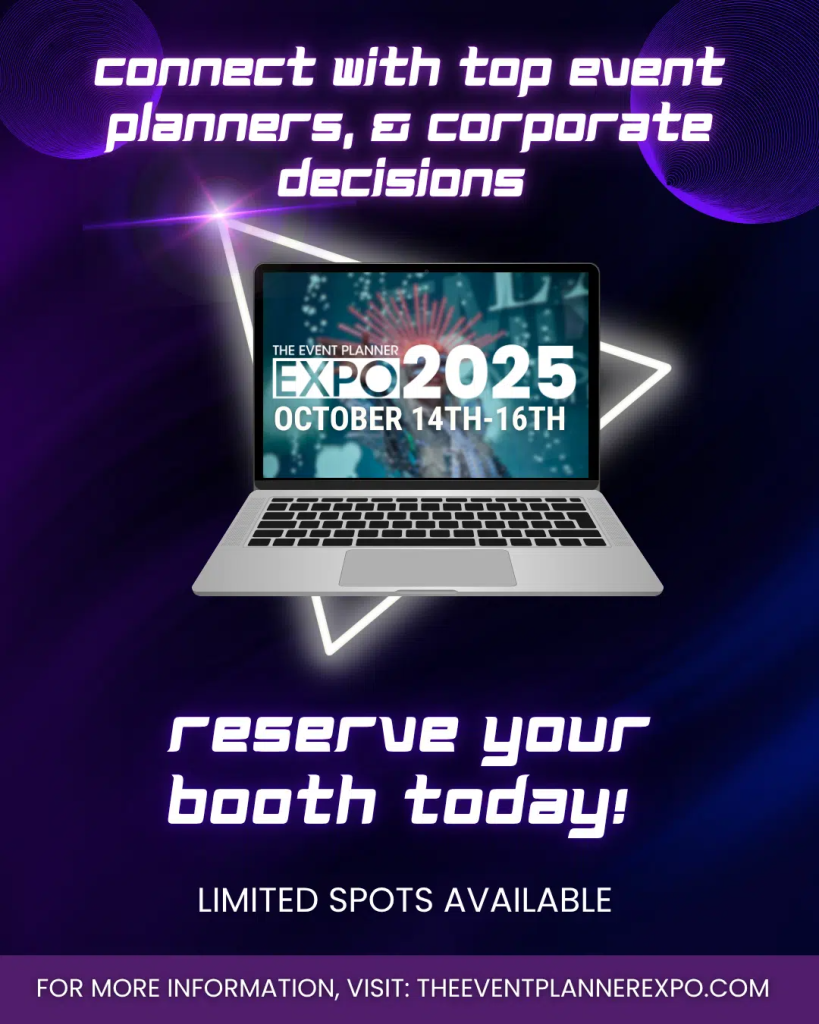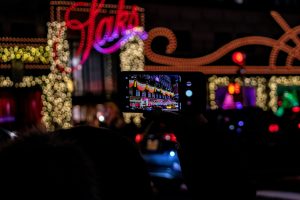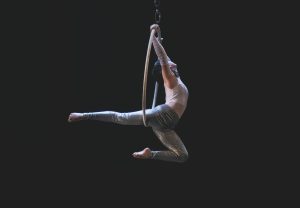Today’s audiences, especially in NYC, can sniff out a sales pitch from across the room. Selling at events isn’t about standing behind a booth with brochures. In 2025, it’s about storytelling. What they want is value, vibe, and authenticity. If you’re an event planner in NYC looking to drive action and avoid audience fatigue, this is your playbook.
What Is Experiential Selling?
Today’s consumers are more experienced and aware of classic sales tactics. Experiential selling approaches event attendees in a new way that helps to overcome the inherent distrust that potential customers have. It introduces a product or service in a way that feels organic, interactive, and emotionally open. Event guests don’t walk by traditional booth displays. They engage and experience the brand.
Whether it’s sipping cocktails made with your beverage product at a secret speakeasy, testing skincare during a spa-inspired activation, or using your app to unlock real-time prizes at a music festival, you’re inviting guests to live the value of what you offer.
Why This Works in 2025 for NYC Events
This strategy isn’t new, but it’s evolved massively, and it’s gaining steam across industries. Here’s why experiential product marketing works better than ever:
1. Overwhelmed Audiences Are Tuning Out Traditional Sales
Attendees don’t want pitches. They want content, connection, and inspiration. Experiential selling flies under the radar while being far more memorable.
2. Emotional Experience Drives Purchase Behavior
Psychologically, people buy based on emotion, then justify it logically. Immersive brand interactions activate memory, emotion, and story, all before price comes up.
3. Experiences Are Shareable
Every product demo becomes potential UGC (user-generated content ) when you embed it in a “wow” moment. That kind of exposure? Invaluable.
4. Try Before You Buy Still Reigns
Whether it’s scent, taste, texture, or tech, people want to try it first. The right environment turns this from “test drive” to “must-have.”
7 Experiential Strategies That Sell Without Selling
So, how do you sell without actually selling? It starts with a change in mindset. Let go of outdated hard sales tactics. Say goodbye to traditional trade show/event booth designs. These are the event strategies NYC planners are using in 2025 to move product without feeling pushy.
1. Create a Living Showroom
Turn the event space into an immersive and interactive showroom. Help event attendees imagine themselves in a desired lifestyle that naturally includes your brand. This goes beyond having a demo table. It integrates your product or service into the attendee’s world. This approach works because it seamlessly integrates the product into the setup. Guests emotionally bond with your product or service because they are imagining themselves in the lifestyle world you’ve created.
2. Build Interactive Product Labs
Do more than displaying or showcasing your sponsor’s product. Give event attendees a chance to put their hands on it. Let them operate it. Show them how it works. Then, take the experience to the next level by encouraging them to customize, build, or remix it. This approach works because it turns event attendees into doers from observers. They become the creator, and through that, build an affinity for the product.
3. Host Surprise + Delight Stations
Inject moments of unexpected joy, powered by the product, into the event flow. These are great for festivals, large-scale activations, or hybrid events. This strategy works because it eliminates the pressure of traditional sales tactics. Just good vibes tied directly to product usage. It could be an unexpected pop-up entertainment performance that is paired with a promotional product or service.
4. Embed Product Into an Experience (Not a Pitch)
Show event attendees why they need your product by putting them in a situation that requires them to use your product or service. Let them experience how your product makes their life easier, better, or more enjoyable. This strategy works because it says everything without you actually having to say anything. It builds product credibility by proving its value in context. People trust what they see working, not what they’re told.
5. Gamify the Discovery Process
Use scavenger hunts, mystery boxes, digital quests, or spin-to-win mechanics to encourage product exploration.
Why it works:
Engagement goes up. Dwell time increases. Guests focus longer on product features voluntarily.
6. Offer Guided Try-Ons or Trials
Especially powerful for beauty, fashion, and tech brands. Let experts walk guests through live, no-pressure trials.
Why it works:
Guided discovery reduces decision fatigue. Bonus: you collect emails and follow-up data effortlessly.
7. Create Moments Worth Capturing
Turn a portion of the event display into a shareable space. Use backdrops, staging, or theatrics that tie into the product marketing. It should encourage event attendees to take pictures and video with the display. That way, your brand and product are promoted on social media. This is effective because it increases reach, brand awareness, and social proof without you having to make an active pitch.
Shareable = scalable. Every post is a mini billboard.
How to Measure the ROI of Experiential Product Events
Experiences are emotional, but they must be measurable. Here’s what to track:
| Metric | Why It Matters |
| Dwell time per activation | Longer = more engaged (and more likely to convert) |
| Social shares + mentions | Measures reach beyond attendees |
| Lead captures | Emails, SMS, or app installs from on-site |
| Trial-to-purchase conversion | Track redemption of event-only offers |
| Post-event satisfaction surveys | Gauge sentiment and intent to buy |
| UGC usage in brand campaigns | How often content is reused or reshared |
The goal is not just to “wow.” It’s to sell, subtly, sustainably, and memorably.
The Psychology Behind It
Great experiential selling works because it flips the buyer journey upside down:
- Traditional model: Awareness → Interest → Desire → Action
- Experiential model: Emotion → Immersion → Ownership → Loyalty
When guests feel like the product belongs in their life before a CTA is ever presented, the resistance to buying disappears. They’re already sold.
FAQs About Experiential Product Events
Q: How do I work in product messaging without it being obvious?
Weave it into the environment. Let it be used rather than described. Follow up post-event with product info once the emotional connection is made.
Q: What’s the best venue for this kind of event?
Flexible, immersive-friendly venues like warehouses, rooftops, industrial-chic spaces, or modular hotels. Avoid rigid ballrooms unless heavily transformed.
Q: How much staffing is needed?
More than a traditional event. You’ll need trained brand reps, ambassadors, and facilitators. But the engagement and ROI are worth it.
Q: How do I prep clients who are used to booths and banners?
Show them ROI case studies and UGC results. Remind them that today’s buyers want stories, not sales tables.

Learn More About Experiential Events at The Event Planner Expo
In 2025, the smartest NYC event planners are selling out product-forward experiences without ever leading with the sale. The sale happens. It just feels like magic.
Ready to turn your next product launch into an experience that converts? Meet the vendors, venues, and visionaries who make it possible at The Event Planner Expo 2025.
Reserve your booth now and sell smarter.






